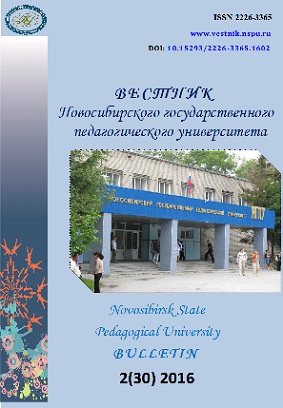Семантические механизмы английского перенесенного эпитета
Semantic mechanisms of transferred
epithet in English
Author(s): Ekaterina Igorevna BarancheevaSubject(s): Philology
Published by: Новосибирский государственный педагогический университет
Keywords: Pragmatic meaning of lexical units; the translation analysis; text translation and text pragmatics
Summary/Abstract: The current article is devoted to the description of one the English stylistic means, which is transferred epithet. This stylistic device is supposed to be a way of destruction of regular grammar. It’s a case of grammatical and semantic mismatch by which we can describe the non-linguistic realty in one of the unique ways. The work touches the problem of universal interpretation of hidden semantic shift occurred in transferred epithet and the problem of finding an adequate translation equivalent. The aim of the article is to reveal the semantic mechanisms of transferred epithet formation and to determine the source domains, used in the transferred epithets. The article includes a brief review of definitions of this phenomenon, accepted in the manuals on English rhetoric, composition and grammar, as well as in the dictionaries of stylistic terms and modern works in cognitive semantics (in particular in the works on the theory of conceptual integration). Then several classifications of transferred epithets are given. After that the author carries out the data analysis, including the transferred epithets with reference to different objects description as well as the description of parts of body, processes, actions, spaces and time of action. It’s noted that the most productive spheres for transferred epithets are literary and advertisement texts. Here epithets relate to the nouns, denoting objects involved in the action or parts of body. The special attention is drawn to the examples, mapping the complex of transferred epithet and regular metaphor. Such examples in authors’ opinion require the detailed translational analysis of the entire situation hidden in the construction with the transferred epithet. Only this analysis enables to find the most adequate translation.
Journal: Вестник Новосибирского государственного педагогического университета
- Issue Year: 6/2016
- Issue No: 2
- Page Range: 94-103
- Page Count: 10
- Language: Russian

